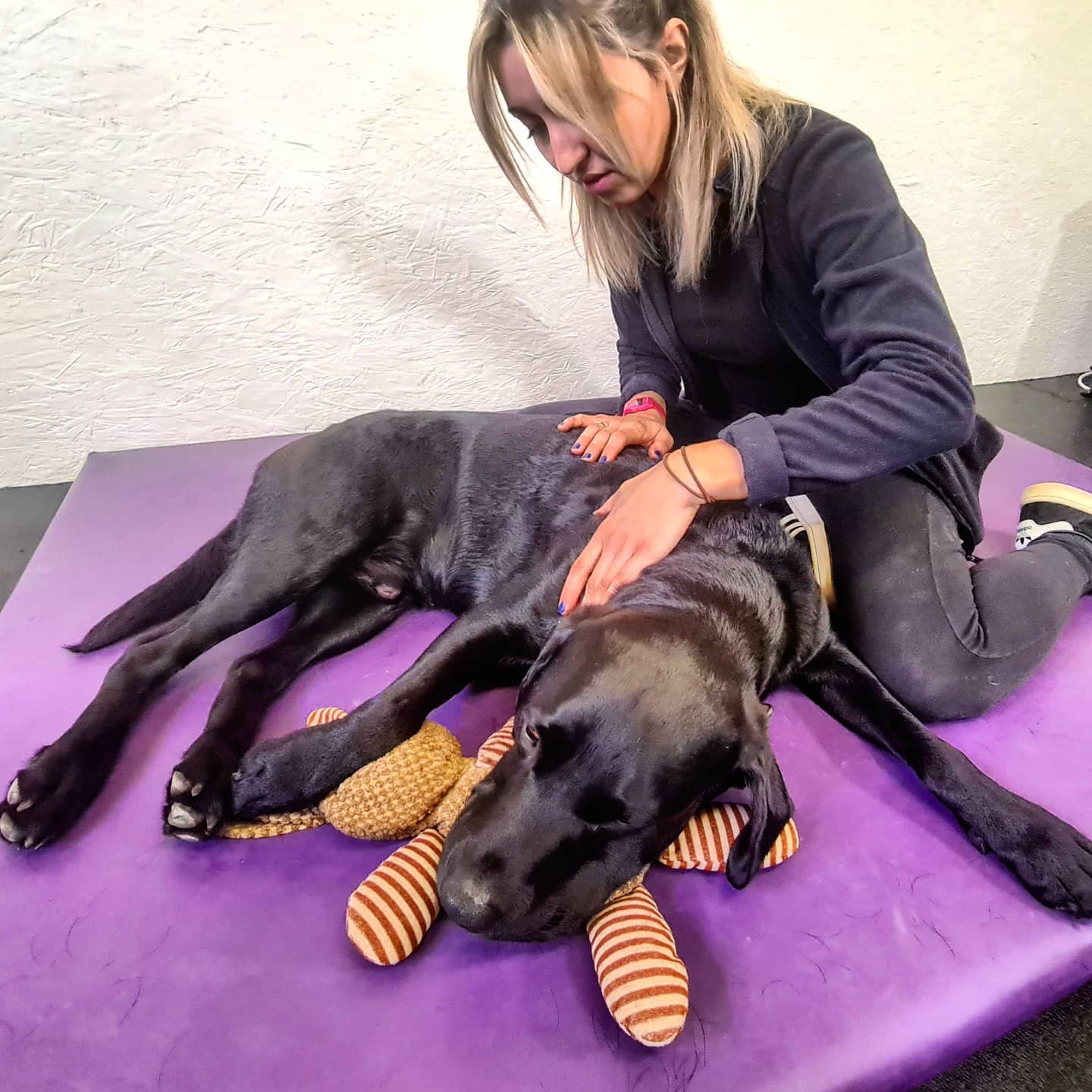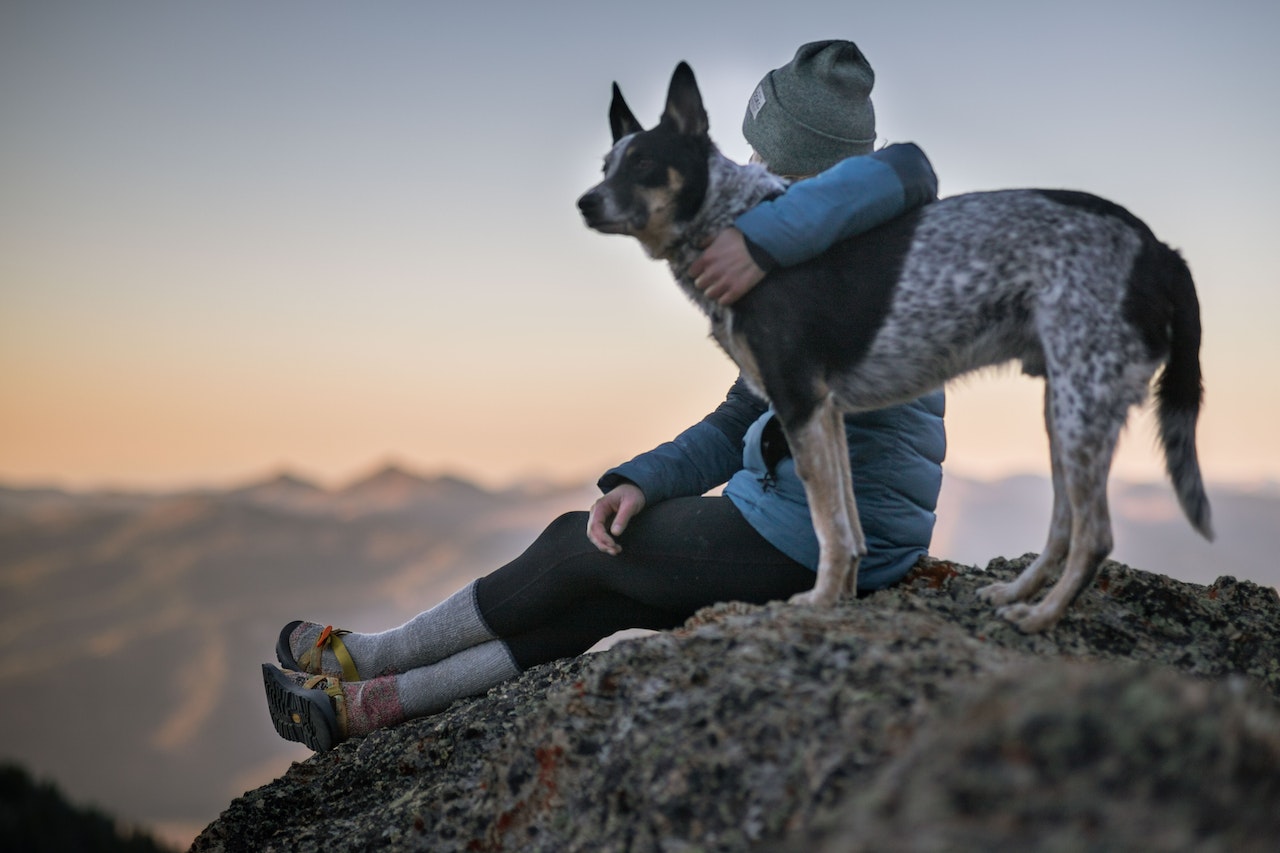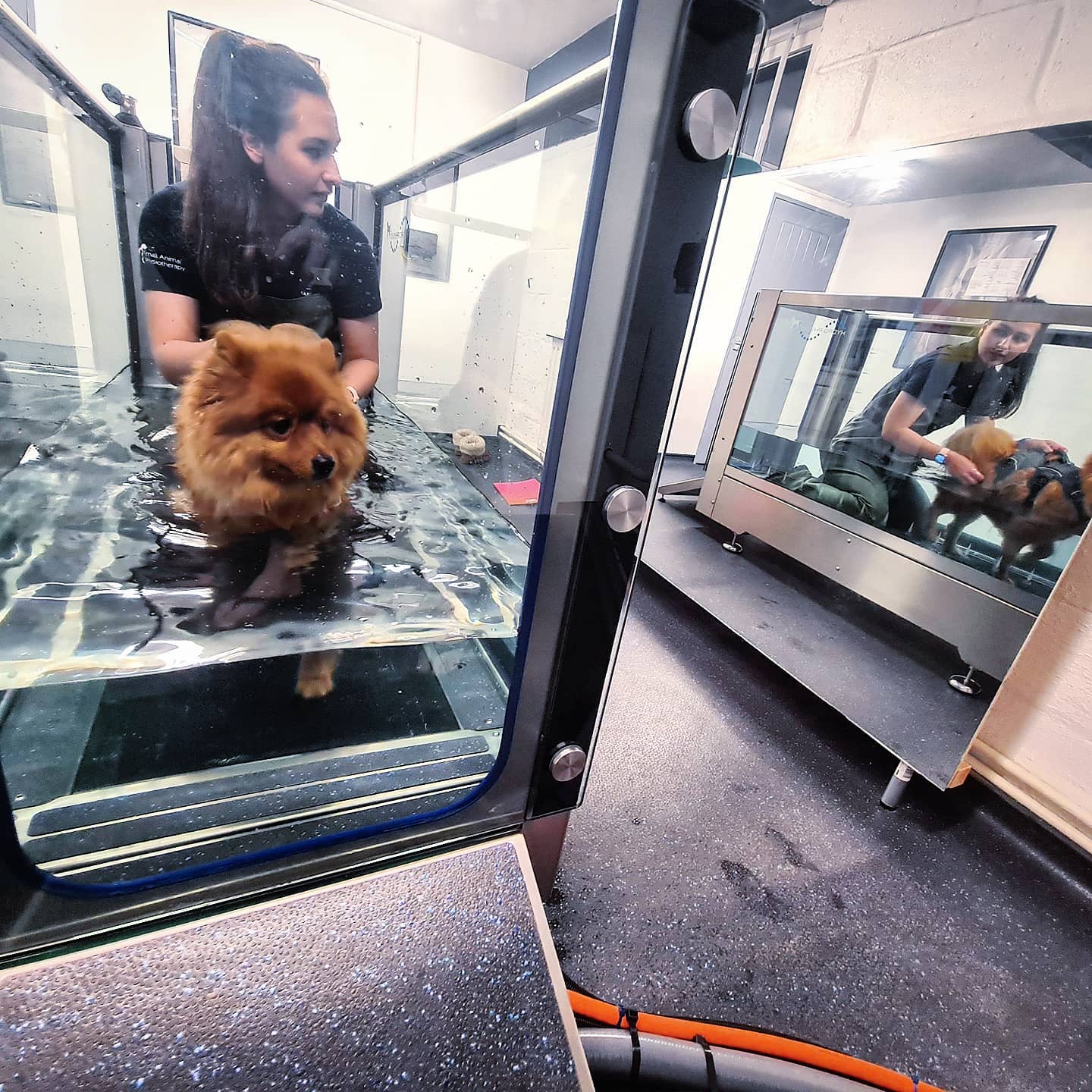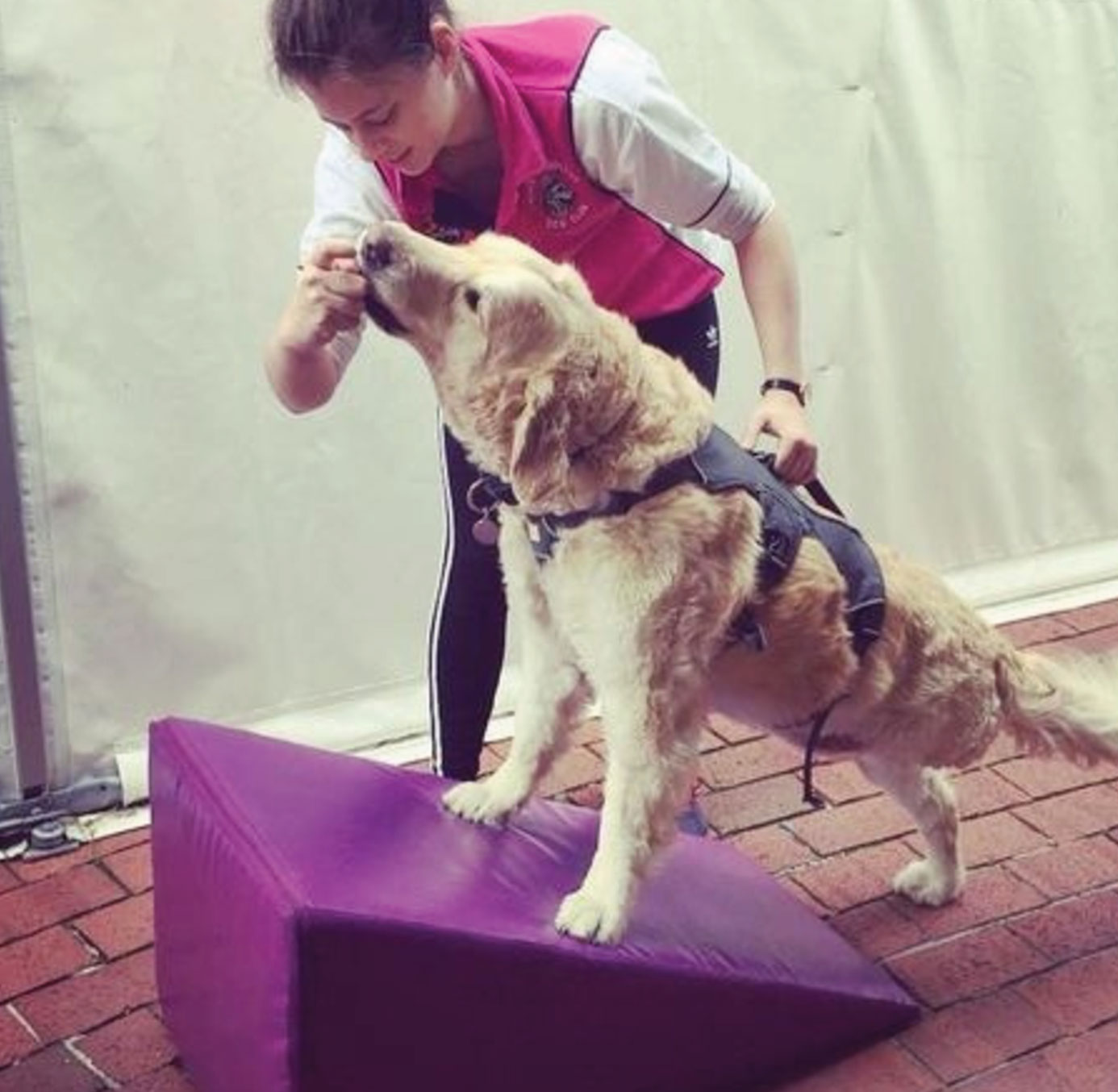
The cost of living crisis in the UK has placed an immense strain on households, with the cost of pet care rising by 13% in the last year alone. As devoted pet owners, we want to ensure that our furry companions receive the best care possible, but financial constraints can make this challenging. Veterinary physiotherapy and hydrotherapy are vital services that improve mobility, reduce pain, and enhance recovery, yet rising costs threaten accessibility.
In this article, we explore ways to keep these essential treatments affordable while ensuring pets receive the care they need.
Understanding the Rising Costs of Veterinary Physiotherapy and Hydrotherapy
As a service industry, veterinary physiotherapy and hydrotherapy clinics are experiencing higher operating costs due to government changes in employer taxes and National Minimum Wage (NMW) requirements. Coupled with general inflation, these factors make it difficult for businesses to keep prices low while maintaining high-quality services. Despite these financial pressures, our clinic is committed to affordability, offering treatment sessions 17% less than other UK clinics with similar expertise and facilities.
Maximising Treatment Success While Reducing Costs
One of the most effective ways to reduce long-term expenses is by ensuring adherence to treatment plans. Studies in human healthcare show that patients who follow their physiotherapy protocols recover 25% faster. However, in the pet care sector it’s thought that up to 7 in 10 patients fail to adhere to these recommendations. When owners follow prescribed home exercises and care routines, pets recover more efficiently, reducing the need for additional in-clinic support.
Preventing Re-Injury and Additional Vet Visits
Neglecting treatment protocols can lead to recurring injuries, doubling the likelihood of needing repeat veterinary interventions. This not only impacts a pet’s health and mobility but also significantly increases overall costs. In human medicine, patients who stick to their treatment plans incur 30% lower healthcare expenses. Given that pets rely entirely on their owners for care, the potential savings in veterinary costs are likely even greater.
Maximise Your Insurance Claims
According to Many Pets around 21% of dogs in the UK are insured and most policies cover Veterinary Physiotherapy and Hydrotherapy as standard. Unlike most clinics we do not charge an insurance claim fee and we seek to process all claims within 3 to 5 working days so you get payments quickly. Make sure you submit claims regularly and maximise your insurance package.
Exclusive Discounts and Savings
To help reduce financial strain, we are pleased to offer the following cost-saving measures:
- Online Vet Consultations at MyVetsy.co.uk
Use our exclusive 20% discount code to access affordable vet consultations for just £32—with no prescription fees. - Gold Membership Programme
Clients who have attended 20 sessions will receive a £5 discount per session for subsequent sessions.
Potential Savings Breakdown
Let’s calculate the possible financial benefits of implementing these strategies:
- Following a Treatment Protocol:
- If adherence reduces treatment time by 25%, a 12-session treatment plan could be reduced to 9 sessions.
- Assuming an average session cost of £60, this results in a saving of £180.
- Preventing Re-Injury:
- If an untreated pet has double the risk of re-injury requiring another 10-session course, the cost would be £600.
- Avoiding this by adhering to treatment saves an estimated £600.
- Using MyVetsy for Consultations:
- Average in-clinic vet consultation: £50
- MyVetsy online consultation (with discount): £32
- Savings per consultation: £18
- If a pet needs four consultations per year, savings amount to £72 annually.
- Prescription fee savings (assuming four prescriptions per year at £20 each): £80 annually.
- Gold Membership Programme:
- If a pet requires 24 sessions per year (two per month), the £5 discount per session results in a £120 annual saving.
Together this is over £1,000 of savings, helping keep pet care affordable despite rising costs.
| Cost-Saving Strategy | Estimated Annual Savings |
|---|---|
| Adhering to treatment plan | £180 |
| Preventing re-injury | £600 |
| Using MyVetsy consultations | £72 |
| Prescription fee savings | £80 |
| Gold Membership Programme | £120 |
| Total Savings | £1,052 |
Final Thoughts
Veterinary physiotherapy and hydrotherapy are essential for pet rehabilitation, but they don’t have to break the bank. By adhering to treatment plans, preventing re-injury, and leveraging cost-saving options like MyVetsy and our Gold Membership Programme, pet owners registered with the Canine Fitness Centre can save over £1,000 per year while ensuring their beloved animals receive the best care possible.
At our clinic, we are committed to making pet physiotherapy affordable without compromising quality. If you have any questions or would like to book a consultation, get in touch today—we’re here to help both you and your pet thrive!
















